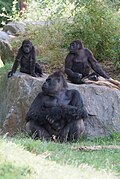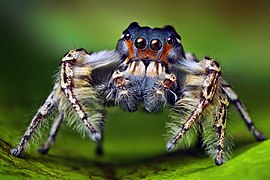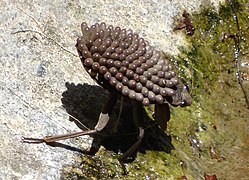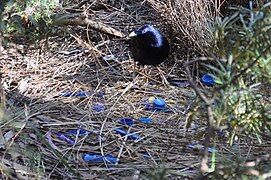
Sexual selection
Sexual selection is a mode of natural selection in which members of one biological sex choose mates of the other sex to mate with (intersexual selection), and compete with members of the same sex for access to members of the opposite sex (intrasexual selection). These two forms of selection mean that some individuals have greater reproductive success than others within a population, for example because they are more attractive or prefer more attractive partners to produce offspring. Successful males benefit from frequent mating and monopolizing access to one or more fertile females. Females can maximise the return on the energy they invest in reproduction by selecting and mating with the best males.
This article is about the evolutionary concept. For the artificial selection of the sex of offspring, see sex selection.The concept was first articulated by Charles Darwin who wrote of a "second agency" other than natural selection, in which competition between mate candidates could lead to speciation. The theory was given a mathematical basis by Ronald Fisher in the early 20th century. Sexual selection can lead males to extreme efforts to demonstrate their fitness to be chosen by females, producing sexual dimorphism in secondary sexual characteristics, such as the ornate plumage of birds-of-paradise and peafowl, or the antlers of deer. Depending on the species, these rules can be reversed. This is caused by a positive feedback mechanism known as a Fisherian runaway, where the passing-on of the desire for a trait in one sex is as important as having the trait in the other sex in producing the runaway effect. Although the sexy son hypothesis indicates that females would prefer male offspring, Fisher's principle explains why the sex ratio is most often 1:1. Sexual selection is widely distributed in the animal kingdom, and is also found in plants and fungi.










